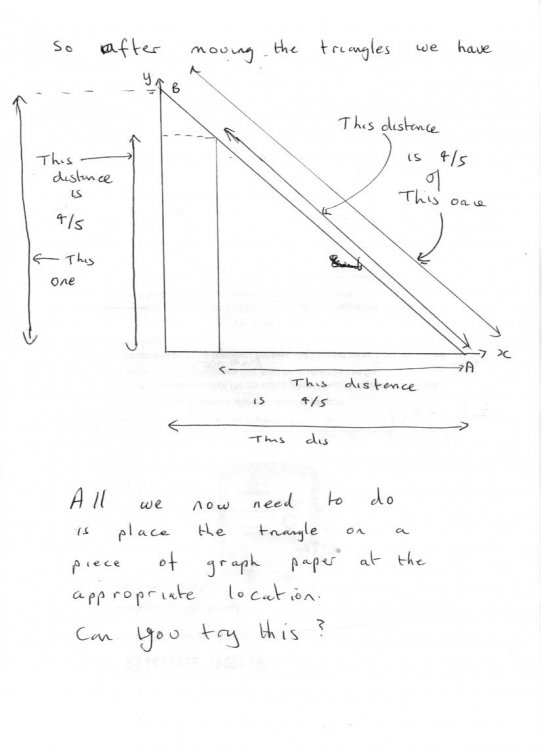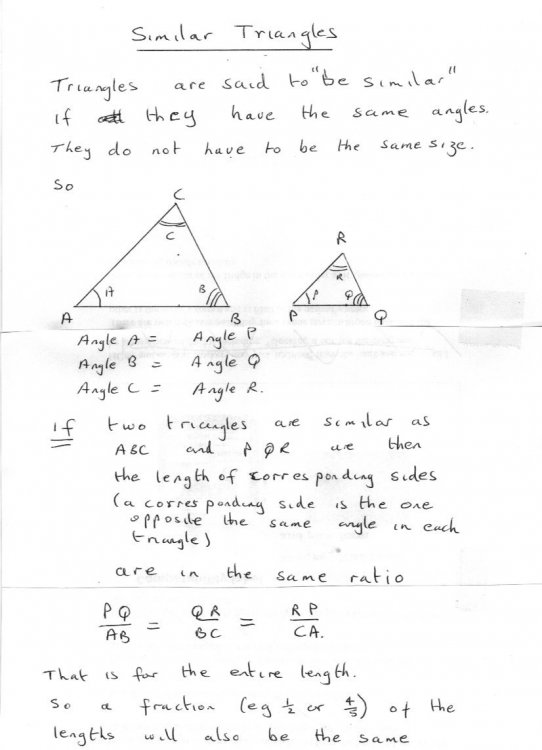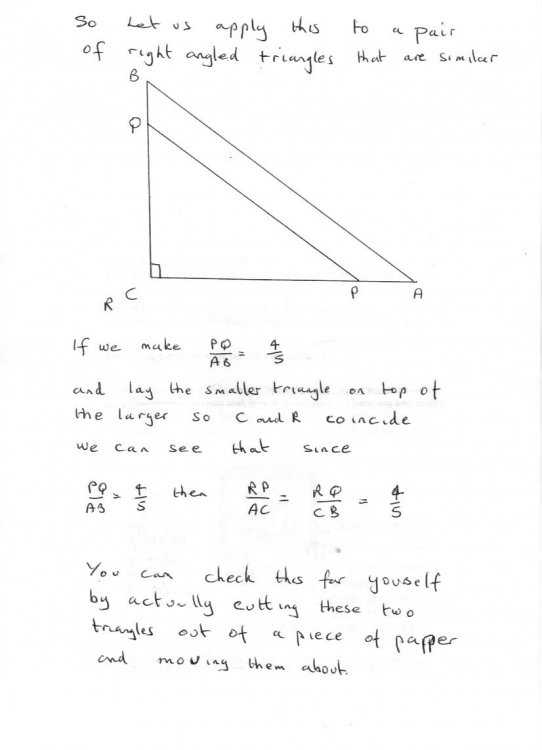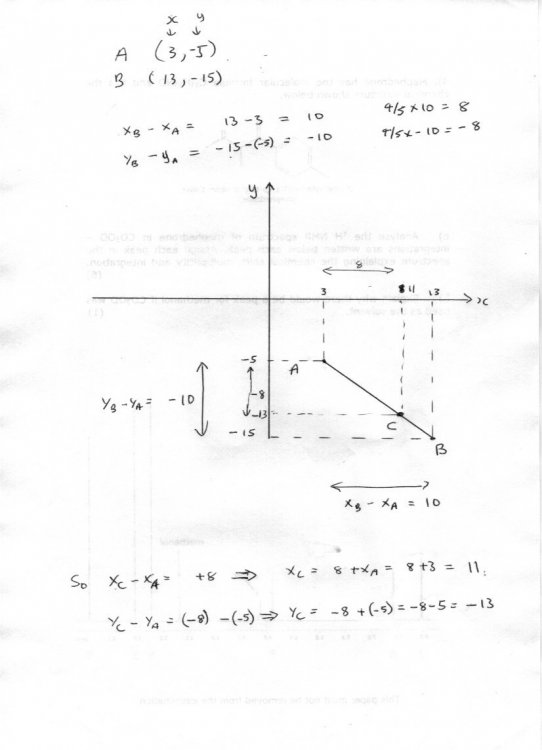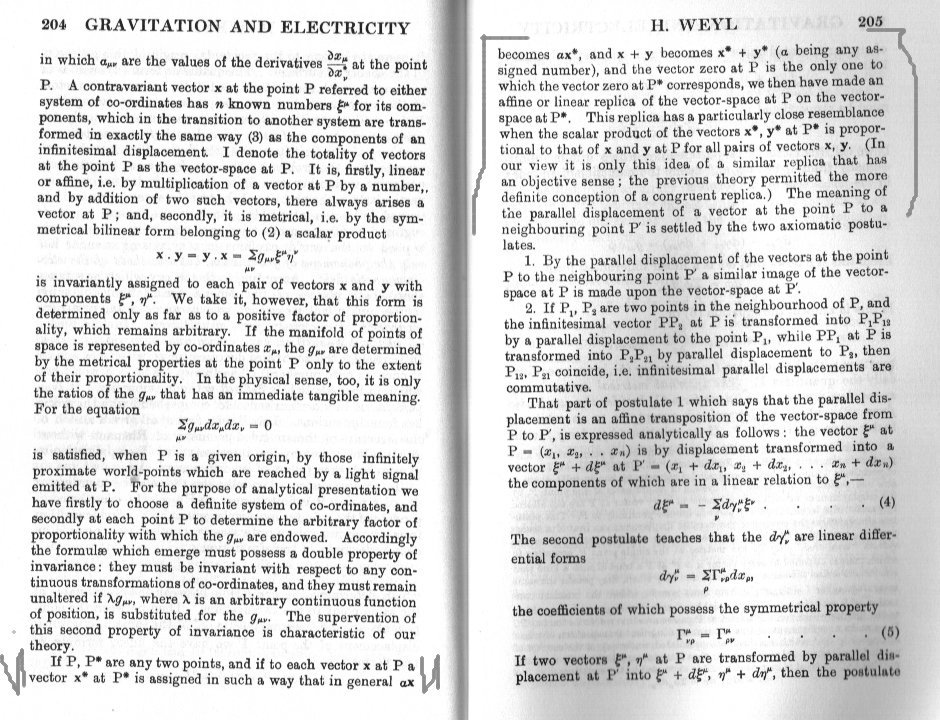-
Posts
18314 -
Joined
-
Last visited
-
Days Won
104
Content Type
Profiles
Forums
Events
Everything posted by studiot
-
At least 90% of your tirade is off topic and of little if any help to a youngster wanting to to learn the subject properly. That is certainly an option worth investigating. Talk to your project supervisor about it.
-
The bits that move apart are metal foil, traditionally gold leaf, but they can be fashioned from kitchen foil.
-
Didn't I just say that?
-
Of course, but there is much you have not said. In particular there is a capilliary relationship between specific fluids and pore sizes. There is also a (different) relationship between pores and different fluids due to electrostatic forces. This is particularly important in situations such as flow through clay minerals. So are we talking Civil Engineering (eg soil mechanics), or Chemical Engineering (eg flow through fluidised beds) or what? Good sources are Transport Phenomena by Bird, Stewart and Lightfoot Dynamics of Fluids in Porous Media by Jacob Bear
-
Congratualations. Simply saying something like this if you do not understand is the best way to get an explanation. The frame of the running machine will be metal and since it almost certainly runs on electricity this should be earthed to mains earth. The frame will also be bolted to something solid in the floor or wall as it is likely to slowly move about otherwise. The static will be generated by friction between non metallic parts (the rubber track, shoes, etc) This is very common in machinery. If not discharged it will build up but if constantly discharged (eg by my brush) the level will be much lower at any one time. So simply providing a path from the brush to the metal frame or building structure shuld be adequate for this purpose. Even if the building structure is non metal it will be a large enough sink to this charge. I suggested a bolt because it is easy to clamp a wire to something like that, where it is out of the way and not in danger of getting broken.
-
Glad to hear you are feeling calmer today. Perhaps you can now review your perspective? What is Free Will and why do you think it is all or nothing situation? Are there not degrees or levels of free will? And do not (have not always) different individuals possessed different levels of it? How much free will does a drug addict have (about drug taking) ? How does that compare with when I have a second, third , fourth.... chocolate I know I shouldn't eat?
-
Thank you for your reply. I suggest looking at a conductive brush (eg carbon fibre) placed the extremity of the moving base and rubbing gently against it. This would collect the static. You would need to describe the environment in more detail to figure out where to lead the collected charge to. Simply a trailing lead to a machine holding down bolt may be sufficient, as westom says the charge is not huge, though spectacular. This technique is common in industrial machines fo instance photocopiers, but normally done internally by the manufacturer. But westom is definitely wrong to say this: So plus 1 for sticking to your guns here, you have it correct.
-
Not quite. Your did it correctly here, replacing -4 with -5 But you did it twice for some reason here So gained an extra -5. This does not = -13! this should of course be = -5+ (-10)(4/5)= -5- 8= -13.
-
I have already indicated countryboy's error. His basic method is correct So you should cross out the -4 in the two places he has used it and substitute the correct value of -5 as in the quote above That will give you the correct coordinates as above. I hope you understand his basic method.
-
Too much tequilla? The OP says "from A to B"
-
Isn't that like asking "How do I plot the points A(3, -5) and B(13, -5) and the line segment between them without a graph?
-
Answering a qustion like this is more than just answering it is like the old proverb "teach a man to fish..." +1 FlamingoMan you really ned to provide a good deal more information to obtain detailed hlp. Where is this static and why do you want to discharge it? Is this for instance for an electronic workbench as a precaution against damaging sensitive components? Again where is this static? Do yuor local building codes allow you to frig with your school's wiring? In the UK the codes require 'cross bonding' ( also called equipotential bonding) of services so pipes for water and gas, hot air ducts etc are all bonded (= earthed) to a commn eathing system by separate wiring. Mostly this earthing is via an earth provided by the electricity supplier. If you have this system connection to it would be your first port of call. https://www.google.com/search?q=cross+bonding+of+services&ie=utf-8&oe=utf-8&client=firefox-b
-

Set of all sets (Split from: If I can imagine it, it is possible!)
studiot replied to D_A's topic in Mathematics
We have (nearly all, cranks apart) benefitted in learning something from others here. I know I certainly have. Cooperation is greater than confrontation. OK a little easy background first. It is an very desirable goal in mathematics to be able to use the phrase "for all..." since, if true, it guarantees us an answer to some question we are asking of our mathematical system. A simple example is the statement For all pairs a, b of real numbers their sum (a + b ) is another real number, c. But even with such simple systems we run into trouble when we try to extend this to subtraction, multiplication and division. In other words the rules of normal arithmetic. Subtraction and multiplication work out fine, but there is one single exception for division. We cannot divide by zero. In this case the answer is easy. We just exclude division by zero and the result is a perfectly workable system. Set theory is much much more complicated. So Russell discovered the following If P is a property and f is a function on set S (as then defined in those days) Then where x is a member of set S If P(x) for all x in S then [a side note here - I am using the convention "If statement then result" is an assertion that given the statement the result is true] [math]P\left( {f\left( x \right)} \right)\;and\;P\left( S \right)\; \notin \;S[/math] Now consider the set of all instances of P that is W = {x : P(x)} It follows that [math]P\left( {f\left( W \right)} \right)\;and\;P\left( W \right)\; \notin \;W[/math] But by the definition of W, since P(f(W)) , it follows that [math]P\left( W \right)\; \in \;W[/math] which is a contradiction. Full resolution of these paradoxes must deny (or exclude) either the existence of the function f or the set W. Several methods of avoiding W are in use today. Firstly in naive set theory we simply ignore it since most practical applications do not encounter such sets. Secondly Zermelo and others devised a list of axioms restricting the definition of a set to avoid this. Thirdly Russell devised a heirarcy of generalities of set called type theory. -
Write your script as though it was LaTex. But instead of Tex tags, use the tags [math] at the beginning and [/math] at the end. I tried to show you this by taking off the square brackets from the script that produced the differential equation I wrote. Thus All you have to do is to put them back, try it and see. Then you can write your own equation. Since the parser here goes to another site to read and present the script you need to activate it after writing by using the refresh page button in your browser. Then you will be able to view what you have written. Many members test their Tex Math markup language whatever here. https://www.scienceforums.net/forum/99-the-sandbox/ You will find several helpful instruction threads there as well.
-
I don't know in what order you have been learning geometry but you should have seen the properties of similar triangles before detailed plotting graphs or the coordinate geometry here. If not I have started there since I originally said to do it by similar triangles. This is the justification for the statement that the differences in x and y coordinates of the points is in the same ratio as the difference of the coordinates on the direct line between them.
-
If you want an formula try % Change in x distance = % change in y distance = % change in direct distance along AB all measured from A So in this question the point is 4/5 or 80% of the distance along AB. So is the distance from the y axis of the x coordinate and the distance from the x axis of the y coordinate. I am abut to watch a TV programme but will look in agian in about 1 hour.
-
How does this help this problem?
-
I don't think the space station is equipped for gravimetric surveys (which is what you are asking about) But several satellites have been put up for this purpose over the decades. Their resolution is certainly fine enough to measure such changes. No there is no boundary. Astromomers have had several successes and made several discoveries due to measuring high gravity activity/changes at great distance eg by neutron stars and black holes.
-
Yes it's my final 'answer' to the numbers. But both your instructor and I am keen that you understood how to get there. Which is why I suggested, and posted, a diagram. and also asked you the two questions at the end.
-
Gosh Rachel, you are correct. Countryboy must have been at the moonshine again, he is normally pretty accurate and I did not check the working. Oops ! Did you draw the diagram? And did you understand why the differences in x coordinates and y coordinates are also 4/5 of the way along?
-
It can't be too much to ask you to write your equation in conventional format. I puzzled over your own format and came to the conclusion your notation may have introduced a circular definition. All you have to do is copy/paste my mathml statement and then change it to your taste. You can only come back and edit posts for 1 hour after posting here.
-
Is this the equation you mean ? [math]\frac{d}{{dt}}\left( {h\frac{{dh}}{{dt}}} \right) = h + \alpha [/math] where α is a constant? If not I have left the square brackets of the math tags, can you revise the mathml stament and reinstate the square brackets? Note you may (will) have to refresh the page after posting to view the mathml - there is a fault with prsenting math on this forum. math\frac{d}{{dt}}\left( {h\frac{{dh}}{{dt}}} \right) = h + \alpha /math]
-
So do you think it would still work if the coils were wound on wooden cores and frames rather than ferrous material ? I owe you an apology as I was oversimplifying before. John is right about the lack of physical connection, this appears in the equivalent circuit (as mentioned by sensei) and I was rather jumping the gun. Would you like a derivation of it? This would include the step missing from your description, which is otherwise nearly right.
-
A metric is certainly required if you are going to use a coordinate system and the abolute differential calculus (tensor calculus) and establish connection conditions and parallel transport (as in GR). What may be helpful to geordief could be Weyl's explanation of why doing this results in local geometry at the bottom of page 204 and the beginning of page 205. the point is that P and P* are used in the development of the derivatives at P and (P+dP), making the calculus locally linear.


